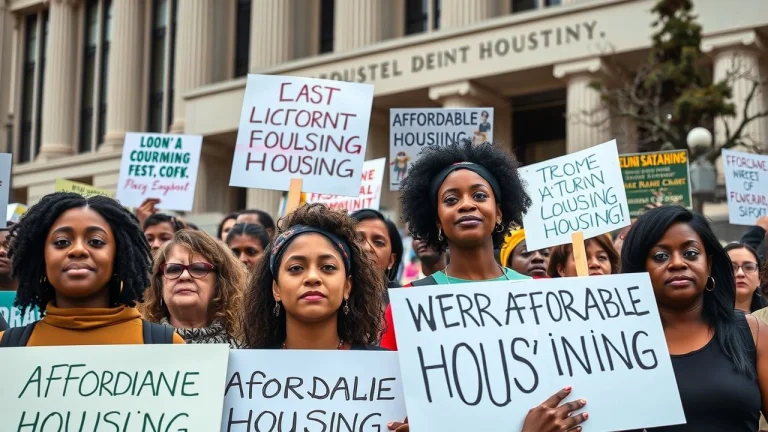
Financial advisors, however, offer a more nuanced perspective. While acknowledging the potential for economic stimulus, they also raise concerns about the long-term implications. The question is, will it set a precedent for future debt relief, potentially encouraging reckless borrowing? As Professor Anya Sharma at the London School of Economics put it, “While student loan forgiveness offers immediate relief to borrowers, the long-term effects on responsible borrowing and the broader economy require careful consideration. It could be a temporary fix with lasting consequences.”
This really brings it home, doesn't it?
Others argue that student loan forgiveness is a matter of fairness. Many students were encouraged to pursue higher education with the promise of a good job, only to find themselves saddled with crippling debt and limited career prospects. Forgiving these loans, they argue, would simply give these individuals a fair chance to build a better future. Academic studies have explored the psychological toll of student loan debt, highlighting its impact on mental health and overall well-being. Ultimately, understanding the complexities of student loan forgiveness requires weighing the potential economic benefits against the risks of moral hazard and considering the broader societal implications. This is a right proper conundrum.
Right, so let's have a proper look at President Biden's student loan forgiveness plan, shall we? It's a rather complex beast, and quite divisive, to be honest. At its core, the plan aims to provide debt relief to millions of borrowers across the pond. The exact details, though, are what everyone's been chewing over.
The eligibility criteria are crucial. Initially, the plan proposed forgiving up to $20,000 in student loan debt for Pell Grant recipients and up to $10,000 for other borrowers, provided their individual income was less than $125,000, or $250,000 for households. Data from the Department of Education suggested that this would potentially wipe the slate clean for millions and offer significant relief to many more. However, legal challenges have been launched against it. As such, the Supreme Court eventually blocked the initial plan.
The projected impact is a mixed bag, according to independent analyses. On one hand, it could stimulate the economy by freeing up cash for borrowers to spend or invest. On the other hand, critics argue that it could fuel inflation and disproportionately benefit higher earners. There’s also the concern about the moral hazard it creates: What message does this send to future borrowers, and what about those who've already diligently paid off their loans?
, some are asking. These points are valid, and we should at least consider them.
The plan has faced numerous legal challenges, mainly from states arguing that it oversteps presidential authority and poses a risk to their financial interests. These challenges have, of course, thrown a spanner in the works. As it stands, the future of Biden's student loan forgiveness plan remains uncertain, making it rather difficult for students and recent graduates to plan their lives.
Tuition reform is another critical piece of the puzzle. Many experts argue that the unchecked rise in tuition fees is a major driver of student debt. "We need to get a grip on university costs," says Professor Anya Sharma, a higher education policy specialist at the London School of Economics. "Simply throwing money at the problem without addressing the root causes is not a sustainable solution." Some propose exploring alternative funding models for universities, perhaps linking funding to graduate employment rates or research impact.
Increased investment in public education is also vital. By bolstering funding for state universities and community colleges, governments can help keep tuition fees down and make higher education more accessible to a broader range of students. This could involve redirecting funds from other areas or exploring new revenue streams. As noted in a recent report by the Institute for Fiscal Studies, "A well-funded public education system is an investment in the future, not just a cost."
Student advocacy groups argue for a combination of these approaches. They emphasise the need for both immediate relief for current borrowers and long-term reforms to prevent future debt crises. This includes lobbying for policies that promote affordability, accountability, and transparency in higher education financing.

Affordable Housing Crisis: Advocates Demand Policy Changes to Combat Homelessness and Inequality
Cities Prioritize Public Transportation Improvements for Sustainable and Accessible Urban Living
Supply Chain Chaos: Industries Reel as Disruptions Trigger Shortages and Price Hikes
U.S. Renewable Energy Investments Soar to Record Levels, Fueling Innovation and Economic Growth
Renewable Energy Investments Gain Momentum in the U.S.: A Sustainable Revolution
Renewable Energy Investments Drive U.S. Towards a Sustainable Future